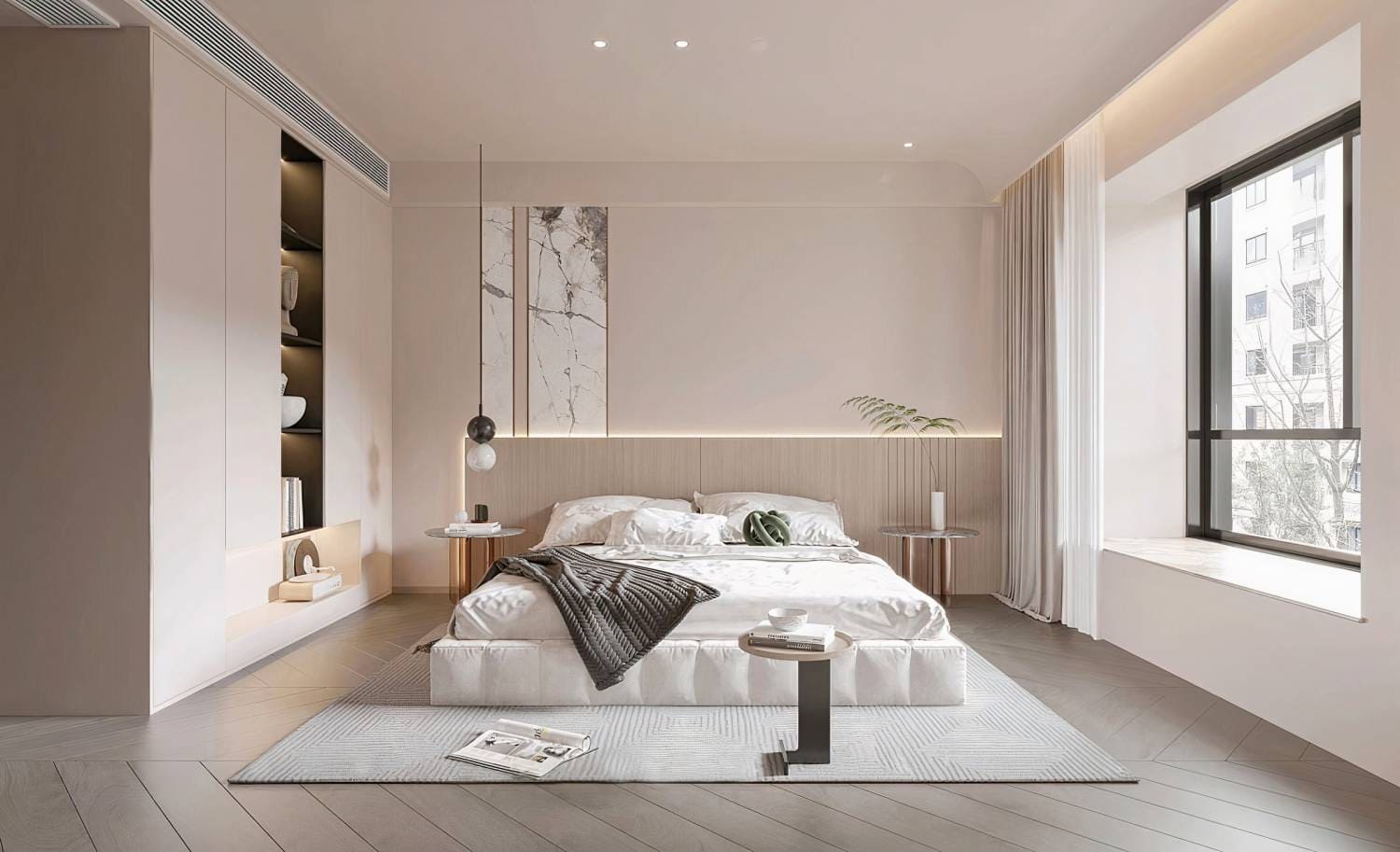Introduction
In interior design, the details make a significant difference in how a space feels and functions. One crucial element often overlooked is the relationship between wall and ceiling colors. While many homeowners focus primarily on wall colors, the color of the ceiling can profoundly impact the overall aesthetics and ambiance of a room. This article explores the benefits of matching wall and ceiling colors, providing insights into how this design choice can transform your space into a harmonious, visually appealing environment.
Benefits of Matching Wall and Ceiling Colors
1. Creates Cohesion and Flow
Matching wall and ceiling colors can create a sense of unity and flow in a room. When the colors are the same or closely related, it eliminates visual barriers, allowing the eye to travel seamlessly throughout the space. This is particularly beneficial in open-concept layouts, where maintaining a cohesive look is essential.
2. Enhances Perception of Space
A consistent color scheme can make a room feel larger and more expansive. Light-colored walls and ceilings reflect natural light, creating an airy atmosphere that can help small rooms feel more open. Conversely, darker colors can add depth, but when matched, they can create an intimate feel without making the space feel cramped.
3. Simplifies Design Choices
Choosing to match wall and ceiling colors simplifies the design process. It reduces the number of decisions a homeowner must make and allows for a more straightforward approach to decorating. This strategy can also make it easier to select furnishings, artwork, and accessories, as the color palette is already established.
4. Highlights Architectural Features
When walls and ceilings share the same color, it can draw attention to architectural features, such as moldings, beams, or unique ceiling designs. This method emphasizes these elements rather than competing with them, allowing the room’s character to shine through.
5. Provides a Calm and Relaxing Environment
A harmonious color scheme can contribute to a calming atmosphere. Soft, muted colors can promote relaxation and tranquility, making them ideal for spaces like bedrooms and living rooms. When walls and ceilings are painted the same color, it fosters a sense of peace that can enhance overall well-being.
6. Increases Home Value
Investing in a well-coordinated color scheme can potentially increase a home’s resale value. Homebuyers are often drawn to properties that exhibit thoughtful design choices, and matching wall and ceiling colors can present a polished, professionally designed appearance.
7. Offers Versatility
While matching colors can create a strong visual impact, this design choice also offers versatility. Homeowners can opt for various finishes—matte, satin, or glossy—providing additional opportunities to customize the look. For instance, a glossy finish on walls and a matte finish on ceilings can add depth and interest while maintaining a cohesive color palette.
Table: Color Combinations for Walls and Ceilings
| Wall Color | Ceiling Color | Effect |
|---|---|---|
| Soft White | Soft White | Bright, airy space |
| Light Gray | Light Gray | Modern, sophisticated |
| Beige | Beige | Warm, inviting |
| Pale Blue | Pale Blue | Calming, serene |
| Soft Green | Soft Green | Fresh, rejuvenating |
| Charcoal | Charcoal | Cozy, intimate |
| Cream | Cream | Elegant, timeless |
Q&A Section
Q1: Can I use different shades of the same color for walls and ceilings?
A1: Yes, using different shades of the same color can create depth while still maintaining cohesion. For example, a light beige on the walls and a darker beige on the ceiling can add interest without overwhelming the space.
Q2: What are some popular colors for matching walls and ceilings?
A2: Popular choices include soft whites, light grays, and muted pastels. These colors tend to create a bright and airy feel while also being versatile enough to complement various furnishings.
Q3: How do I choose the right color for my space?
A3: Consider the room’s purpose, the amount of natural light it receives, and your personal style. Testing paint samples in the room can help you visualize how the color will look at different times of the day.
Q4: Is it necessary to match wall and ceiling colors in every room?
A4: No, it’s not necessary to match colors in every room. You can choose to match in areas where you want to create a cohesive look while opting for different colors in spaces that require a distinct personality, such as a child’s room or a home office.
Q5: What if I want to add accent colors?
A5: Accent colors can be introduced through furnishings, artwork, or decorative elements. These accents can provide visual interest without detracting from the harmonious look created by matching wall and ceiling colors.
Conclusion
Matching wall and ceiling colors can significantly enhance the visual appeal and functionality of your space. This design strategy fosters cohesion, enhances the perception of space, and provides a calming atmosphere, making it an excellent choice for various rooms in your home. By thoughtfully selecting color combinations, homeowners can create a polished and inviting environment that not only reflects their personal style but also increases the overall value of their property. Whether you’re redecorating or building anew, consider the transformative power of matching wall and ceiling colors to elevate your interior design experience.

